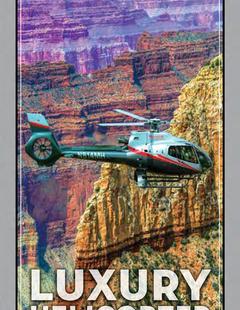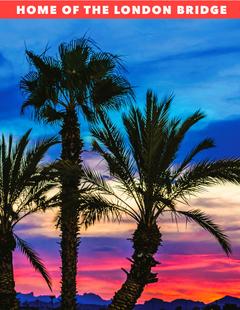Description
Forget gambling - play your cards right in Nevada’s great outdoors and you’ll be treated to everything from open fields and alpine meadows to mitigated wetlands and desert, home to a suitably varied range of bird life.
Some of the more diverse environments are located in the northern part of the state such as Pyramid Lake, a desert lake not far from Reno and urban Virginia Lake. Wildlife management areas like Mason Valley, to the east, are home to Forster’s Terns, Wild Turkey and Great-tailed Grackles. Venture south and exchange wetlands for surreal desert scenery, sighting Desert Bighorn sheep along with Phainopepla, desert warblers and flittering hummingbirds around protected oases like Corn Creek at Desert National Wildlife Range, within easy reach of Las Vegas. Lake Mead National Recreation Area, farther southeast, is a similarly fine place to take in a bit of bird life, home to more than 240 types of fowl. The state’s sole national park, Great Basin, offers a glimpse of the Mountain Chickadee and Mountain Bluebird at higher elevation, with peaks to pique your aesthetic and athletic sensibilities.
Pyramid Lake:
About 30 miles northeast of Reno find this 125,000 acre desert lake, home to one of the largest American White Pelican nesting colonies in the U.S. (on Anaho Island, a national wildlife refuge). The refuge is closed to visitors but with a spotting scope you’ll have no trouble locating pelicans in season as well as stray migrant birds or other winged creatures in the surrounding sagebrush habitat.
Mason Valley WMA:
Visit October through May for the best chance of viewing the birds in this wetlands habitat. Look for Great-tailed Grackle, Black Phoebe, Blue Grosbeak and, twittering in the buffaloberry, the Blue Grosbeak. Watch also for several types of tern, circling Osprey, Wild Turkey and assorted raptors in season.
Tahoe Meadows and Upper Ophir Creek:
Trade in desert for lush alpine meadows and cool forests with a detour up to Tahoe Meadows. A short interpretive trail at Tahoe Meadows and the Ophir Creek Trail Loop both offer opportunity to spot birds at home in this mountain habitat. Visit May-September for the best chance at viewing the Hermit Warbler, Pine Grosbeak, Red Crossbill, American Dipper and even the occasional Mountain Bluebird.
Desert National Wildlife Range:
Desert Bighorn sheep were what drove the founding of this federal wildlife refuge, but happily for birders it also takes in a number of small watering holes and leafy Corn Creek oasis, a fine place to sight Phainopepla, desert warblers, hummingbirds and even falcons, flycatchers and orioles. Expect to find here good shade and a surprising amount of green to ease your bird watching efforts even during the warmest months.
Lake Mead National Recreation Area:
More than 240 bird types have been identified in the Lake Mead NRA, some brought in by the water which accompanied the creation of lakes Mohave and Mead. Watch for coots, mallards, grebes and the Least Sandpiper close to the water, but keep an eye out also for Burrowing Owls, Barn Owls, Great Horn Owls and hummingbirds in the general region.
Great Basin National Park:
This glacier-carved park in eastern Nevada is easily accessible via scenic routes like the one that runs up to Baker Creek campground. Between the nearby town of Baker and the end of the road, look for American Kestrels, quail, larks, swallows and more in the sagebrush grasslands; spot hummingbirds, Mountain Bluebirds, Solitary Vireo, Mountain Chickadees and even the occasional Great Horned Owl in the pinyon-juniper woods.





















